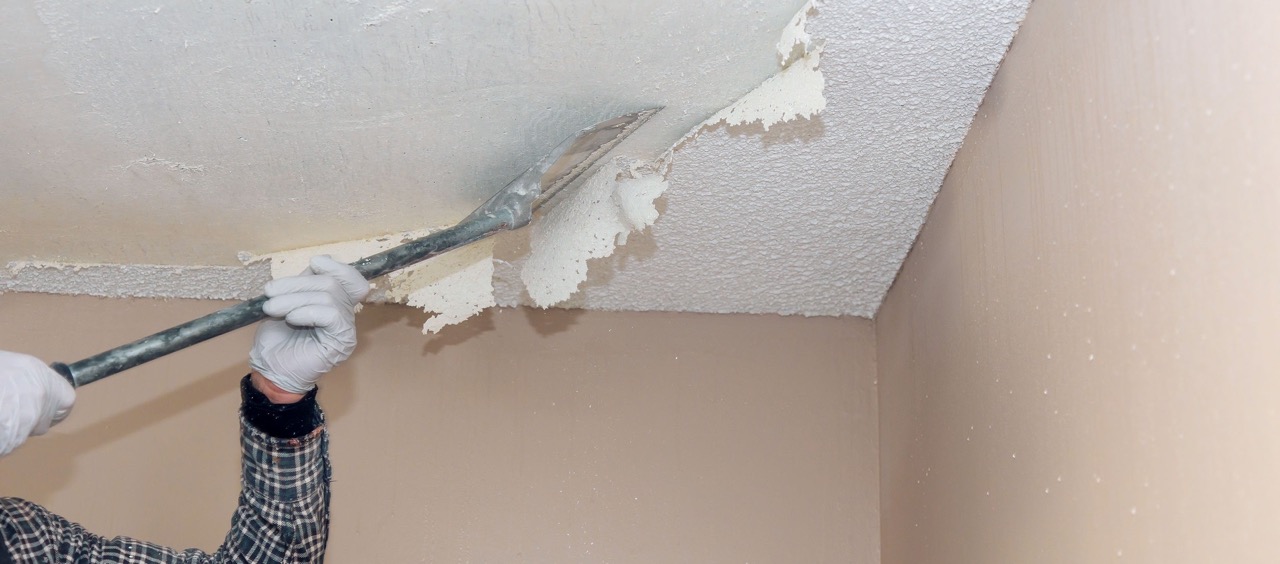

Articles
How To Know If Popcorn Ceiling Has Asbestos
Modified: October 23, 2024
Learn how to identify if your popcorn ceiling contains asbestos with our informative articles. Stay safe and informed!
(Many of the links in this article redirect to a specific reviewed product. Your purchase of these products through affiliate links helps to generate commission for Storables.com, at no extra cost. Learn more)
Introduction to Popcorn Ceilings
Popcorn ceilings, also known as textured or acoustic ceilings, were a popular design choice in homes from the 1950s to the 1980s. The textured appearance was created by spraying a mixture of paint and small granules of material onto the ceiling surface, giving it a popcorn-like texture. While these ceilings were trendy for their ability to hide imperfections and reduce noise, they have fallen out of favor in recent years due to concerns about asbestos.
What is Asbestos?
Asbestos is a naturally occurring mineral fiber that was widely used in construction materials for its fire-resistant and insulating properties. It was commonly found in ceiling tiles, insulation, flooring, and other building materials. However, the health risks associated with asbestos exposure led to its ban in many countries.
Health Risks of Asbestos
When asbestos is disturbed or damaged, microscopic fibers are released into the air. Inhalation of these fibers can result in serious health issues, including lung diseases such as asbestosis, lung cancer, and mesothelioma, a rare and aggressive form of cancer. The latency period between exposure and the development of related illnesses can be several decades, making early detection and prevention crucial.
Why Popcorn Ceilings May Contain Asbestos
Popcorn ceilings installed before the 1980s are likely to contain asbestos. At that time, asbestos was commonly used as a binder in the popcorn texture mixture to improve its durability and fire resistance. However, due to the health risks associated with asbestos, its use in building materials was phased out and eventually banned. Popcorn ceilings installed after the 1980s are less likely to contain asbestos, but it is always advisable to confirm through testing.
How to Identify Asbestos in Popcorn Ceilings
Identifying asbestos in popcorn ceilings is challenging without professional testing. Asbestos fibers are not visible to the naked eye, and the only way to accurately determine their presence is through laboratory analysis. However, there are some signs that may indicate the presence of asbestos in your popcorn ceilings.
Key Takeaways:
- Identifying asbestos in popcorn ceilings is challenging without professional testing. Visual inspection and historical records may provide clues, but only licensed asbestos contractors can accurately determine the presence of asbestos fibers.
- DIY precautions for dealing with popcorn ceilings can minimize asbestos exposure, but professional assistance is always recommended. Prioritize safety and consult experts for testing and removal to ensure a healthy living environment.
Read more: How To Scrape Popcorn Ceiling
What is Asbestos?
Asbestos is a naturally occurring mineral fiber that was widely used in construction materials for its desirable properties such as fire resistance, durability, and insulating capabilities. Its use dates back thousands of years, and it became increasingly popular during the industrial revolution as industries and buildings required materials with strong fire-retardant qualities. The word “asbestos” actually derives from the Greek term meaning “inextinguishable” or “indestructible.”
There are six types of asbestos minerals, but the most commonly used types in construction were chrysotile (white asbestos), amosite (brown asbestos), and crocidolite (blue asbestos). These minerals were mined and processed into various products, including insulation, roofing materials, ceiling tiles, floor tiles, and insulation around pipes and ductwork.
Asbestos became widely used in the mid-20th century due to its excellent fire resistance and ability to withstand high temperatures. It was also cost-effective and readily available. However, the health risks associated with asbestos exposure became apparent over time.
Health Risks of Asbestos
Inhaling or ingesting asbestos fibers can lead to serious health issues. The fibers are extremely durable and can remain in the body for many years without breaking down. Asbestos-related diseases typically have a long latency period, which means symptoms may not appear until many years after exposure.
The most common health risks associated with asbestos exposure include:
- Asbestosis: Asbestos fibers can cause scarring of lung tissue, leading to breathing difficulties and reduced lung function.
- Lung Cancer: Prolonged exposure to asbestos significantly increases the risk of developing lung cancer.
- Mesothelioma: This is a rare and aggressive form of cancer that affects the lining of the lungs, abdomen, or heart. It is exclusively caused by asbestos exposure and has a poor prognosis.
- Other Cancers: Asbestos exposure has also been linked to cancers of the larynx, ovaries, and other organs.
It is important to note that the risk of developing asbestos-related diseases depends on the duration and intensity of exposure. People who worked directly with asbestos-containing materials, such as miners, construction workers, and shipyard workers, face a higher risk compared to those who had minimal or incidental exposure.
Regulations and Bans
Due to the severe health risks associated with asbestos, many countries have implemented regulations and bans on its use. In the United States, the Environmental Protection Agency (EPA) and the Occupational Safety and Health Administration (OSHA) have established guidelines to protect workers and the general public from asbestos exposure. Asbestos is now banned in over 60 countries, including the European Union and Australia.
Proper handling and removal of asbestos-containing materials are essential to minimize the risk of exposure. If you suspect your home or workplace contains asbestos, it is recommended to seek professional assistance for inspection, testing, and removal.
Overall, understanding what asbestos is and its associated health risks is crucial for ensuring safety and making informed decisions regarding its management and removal.
Health Risks of Asbestos
Asbestos is a hazardous substance that poses significant health risks to those exposed to its fibers. When asbestos-containing materials are disturbed or damaged, microscopic fibers are released into the air. Inhalation or ingestion of these fibers can lead to various serious health conditions, including:
- Asbestosis: Prolonged exposure to asbestos fibers can cause a chronic lung condition known as asbestosis. The inhalation of asbestos fibers leads to scarring and inflammation of lung tissues, resulting in difficulty breathing, persistent coughing, and reduced lung function. Asbestosis is a progressive disease that can cause long-term damage and impair respiratory function.
- Lung Cancer: Exposure to asbestos is a major risk factor for the development of lung cancer. Asbestos fibers can irritate and damage the lung tissues, leading to the growth of cancerous cells. It is important to note that the risk of developing lung cancer from asbestos exposure is significantly higher in individuals who smoke, as the combined effects of smoking and asbestos exposure greatly increase the likelihood of developing lung cancer.
- Mesothelioma: Mesothelioma is a rare and aggressive cancer that primarily affects the lining of the lungs (pleural mesothelioma), but can also occur in the lining of the abdomen (peritoneal mesothelioma) or the heart (pericardial mesothelioma). It is exclusively caused by asbestos exposure. The latency period between exposure to asbestos and the development of mesothelioma can be several decades, making early detection and treatment challenging.
- Other Cancers: Aside from lung cancer and mesothelioma, asbestos exposure has also been linked to an increased risk of developing cancers in other organs such as the larynx, ovaries, and gastrointestinal tract. These cancers may have a longer latency period and can further complicate the health consequences of asbestos exposure.
It is important to note that the severity of the health risks depends on various factors, including the duration and intensity of exposure, as well as individual susceptibility. However, it is universally acknowledged that any exposure to asbestos fibers can potentially lead to serious health issues.
Due to the dangers associated with asbestos, regulations and guidelines have been implemented to protect workers and the general public. These include proper handling and removal procedures for asbestos-containing materials and the establishment of permissible exposure limits in occupational settings. It is crucial to follow these guidelines and seek professional assistance for the safe management, assessment, and removal of asbestos-containing materials.
If you suspect that your living or working environment contains asbestos, it is important to consult with professionals who specialize in asbestos testing and abatement. They can conduct thorough inspections and, if necessary, safely remove and dispose of any asbestos-containing materials.
Overall, understanding the health risks of asbestos and taking appropriate precautions are key to protect yourself, your loved ones, and anyone who may come into contact with this hazardous substance.
Why Popcorn Ceilings May Contain Asbestos
Popcorn ceilings, also known as acoustic or textured ceilings, were commonly installed in homes and buildings from the 1950s to the 1980s. During this period, asbestos was a commonly used ingredient in the popcorn ceiling texture due to its desirable properties, such as fire resistance and durability. As a result, many older homes and buildings may still have popcorn ceilings that contain asbestos.
Asbestos was added to the popcorn ceiling mixture as a binder, making the texture more resistant to wear and tear. Its fire-resistant properties were particularly appealing in a time when fire safety regulations were not as stringent as they are today. However, the health risks associated with asbestos exposure have since been recognized, leading to its strict regulation and eventual ban in many countries.
While popcorn ceilings installed after the 1980s are less likely to contain asbestos, it is still essential to exercise caution. The specific year when the use of asbestos in popcorn ceilings was completely phased out can vary depending on the location and specific regulations. It is best to assume that any popcorn ceiling installed before the 1980s may contain asbestos unless confirmed otherwise.
Another reason why popcorn ceilings may contain asbestos is the long lifespan of these ceilings. Many homes and buildings constructed during the time when asbestos was widely used have not undergone major renovations or upgrades, including the removal of popcorn ceilings. Consequently, the original asbestos-containing popcorn ceilings may still be in place.
It is worth noting that the mere presence of a popcorn ceiling does not guarantee the presence of asbestos. The only way to determine if asbestos is present is through professional testing and analysis of a sample from the popcorn ceiling. This should be carried out by a licensed asbestos contractor or an environmental laboratory that specializes in asbestos testing.
If your home or building does have popcorn ceilings and you are unsure if they contain asbestos, it is recommended to consult with professionals who are experienced in asbestos testing and removal. They will assess the situation and guide you through the necessary steps for proper management.
Ultimately, it is important to understand the potential risks associated with popcorn ceilings installed during the era when asbestos was prevalent. By being aware of the possibility of asbestos, you can make informed decisions and take appropriate measures to ensure the safety of yourself and others in your living or working environment.
How to Identify Asbestos in Popcorn Ceilings
Identifying asbestos in popcorn ceilings can be challenging without professional testing, as the fibers are not visible to the naked eye. However, there are some signs that may indicate the presence of asbestos in your popcorn ceilings:
- Age of the Popcorn Ceiling: Popcorn ceilings installed before the 1980s are more likely to contain asbestos. Asbestos was commonly used as a binder in the popcorn texture during this time. If your home or building was constructed in the 1950s to the 1980s and has not undergone renovations since, there is a higher likelihood of asbestos content.
- Historical Construction Records: Reviewing historical construction records, remodeling permits, or maintenance logs may provide information about the materials used in your home or building. Check for any references to asbestos or popcorn ceiling treatments that were popular during that era.
- Visual Inspection: Carefully examine the texture and condition of your popcorn ceilings. Asbestos-containing popcorn ceilings often have a grayish or white appearance. The texture may be more brittle compared to non-asbestos-containing textures. However, visual inspection alone is not enough to conclusively determine the presence of asbestos.
- Professional Testing: To accurately determine the presence of asbestos in your popcorn ceilings, professional testing is necessary. This involves collecting a small sample of the popcorn texture and sending it to a certified laboratory for analysis. Licensed asbestos abatement contractors or environmental testing companies can conduct the sampling and testing process. It is important to note that DIY testing is not recommended due to the potential health risks and the need for specialized equipment and training.
It is crucial to emphasize that asbestos testing should be performed by professionals who have experience in handling asbestos-containing materials. They can safely collect samples and ensure accurate analysis of the material.
Furthermore, it is essential to avoid disturbing popcorn ceilings suspected of containing asbestos until the presence of asbestos is confirmed or ruled out by a professional. Disturbing the ceiling, such as through scraping or sanding, can release asbestos fibers into the air, increasing the risk of exposure.
If testing confirms the presence of asbestos in your popcorn ceilings, it is important to consult with professionals who specialize in asbestos abatement. They will guide you through the processes of managing and removing the asbestos safely and in compliance with local regulations.
Remember, the identification of asbestos in popcorn ceilings is not something that can be accurately done through visual inspection alone. Professional testing is necessary to ensure the safety and well-being of yourself and others in the space.
If your home was built before 1980, there’s a chance the popcorn ceiling contains asbestos. To be sure, have a sample tested by a certified lab before attempting any removal.
Read more: How To Cover A Popcorn Ceiling
Signs that Your Popcorn Ceiling May Contain Asbestos
Identifying whether your popcorn ceiling contains asbestos can be difficult without professional testing. However, there are some signs and factors that may indicate the presence of asbestos in your popcorn ceilings. It is important to note that these signs are not definitive proof and professional testing is always recommended for accurate confirmation:
- Age of the Ceiling: Popcorn ceilings installed before the 1980s are more likely to contain asbestos. Asbestos was commonly used in the popcorn texture during this time for its fire-resistant properties. If your home or building was built between the 1950s and 1980s and still has its original popcorn ceilings, there is a higher chance of asbestos presence.
- Year of Last Renovation: If your popcorn ceiling was last renovated or modified before the 1980s, there is an increased likelihood of asbestos being used in the original material. Later renovations may have removed or covered the asbestos-containing material, but it is still important to exercise caution.
- Documentation and Records: Check historical construction records, remodeling permits, or maintenance logs for any references to asbestos or popcorn ceiling treatments. These documents may provide insights into the materials used in your home or building.
- Physical Appearance: While visual inspection alone cannot confirm the presence of asbestos, there are certain characteristics to observe. Asbestos-containing popcorn ceilings often have a grayish or white color. The texture may appear more brittle compared to non-asbestos-containing textures.
- Professional Testing: The most reliable way to determine if your popcorn ceiling contains asbestos is through professional testing. Licensed asbestos abatement contractors or environmental testing companies can collect samples and send them to certified laboratories for analysis. They will use specialized equipment and techniques to accurately identify asbestos fibers.
It is crucial to treat popcorn ceilings suspected of containing asbestos with caution. Avoid disturbing the ceiling or attempting DIY removal until the presence of asbestos has been confirmed or ruled out by professionals. Disturbing asbestos-containing materials can release harmful fibers into the air, increasing the risk of exposure.
Remember, signs and visual observations can provide an indication of potential asbestos presence, but only professional testing can provide a definitive answer. If you are unsure about the presence of asbestos in your popcorn ceiling, it is best to consult with professionals who have expertise in asbestos testing and abatement. They can assess the situation, conduct necessary testing, and recommend appropriate actions to ensure the safety of you and your family.
Testing for Asbestos in Popcorn Ceilings
Testing for asbestos in popcorn ceilings is crucial to ensure the safety of yourself and others in your living or working environment. Asbestos fibers are not visible to the naked eye, so professional testing is necessary to accurately determine if your popcorn ceiling contains asbestos. Here is an overview of the testing process:
- Hiring a Professional: It is recommended to hire a licensed asbestos abatement contractor or an environmental testing company with expertise in asbestos testing. These professionals have the knowledge, experience, and specialized equipment to collect samples safely and accurately.
- Sampling Process: The professional will carefully collect a small sample of the popcorn texture from your ceiling. They will wear protective clothing and use proper containment measures to prevent the release of asbestos fibers into the air.
- Laboratory Analysis: The collected samples are then sent to a certified laboratory that specializes in asbestos testing. The laboratory will analyze the samples using polarized light microscopy (PLM) or transmission electron microscopy (TEM) techniques, which can identify and quantify the presence of asbestos fibers.
- Results and Interpretation: The laboratory will provide a report detailing the results of the analysis. If asbestos is detected, it will specify the type and concentration of asbestos fibers found in the popcorn ceiling.
It is important to note that DIY testing is strongly discouraged due to the potential health risks involved and the need for specialized equipment and training. Improper handling of asbestos-containing materials may inadvertently release fibers into the air, increasing the risk of exposure.
Professional asbestos testing ensures accurate results and helps you make informed decisions regarding your popcorn ceiling. If asbestos is confirmed, it is crucial to follow the recommended steps for proper management and potential removal, while minimizing exposure risks.
It is worth mentioning that asbestos testing can be done in conjunction with an overall asbestos inspection of your property. This inspection involves assessing other areas of your home or building that may contain asbestos, such as insulation, flooring, or pipe insulation. Professionals can provide comprehensive services to identify, assess, and make recommendations for the safe handling, containment, or removal of asbestos-containing materials.
Remember, testing for asbestos in popcorn ceilings should always be carried out by professionals who have the expertise and experience in asbestos testing and abatement. By getting your popcorn ceilings tested, you can take appropriate measures to protect your health and the health of those around you.
Professional Asbestos Inspection and Removal
When it comes to dealing with asbestos-containing materials, it is crucial to rely on the expertise of professionals who specialize in asbestos inspection and removal. Professional inspection and removal services ensure the safe management, containment, or elimination of asbestos in your living or working environment. Here’s what you need to know about professional asbestos inspection and removal:
Inspection:
Professional asbestos inspection involves a comprehensive assessment of your property to identify areas containing asbestos and evaluate the condition of the materials. Licensed inspectors will conduct a thorough examination of various areas, including attic insulation, roof shingles, flooring, pipe insulation, textured ceilings, and other potentially asbestos-containing materials.
The inspection process may include visual assessment, sampling, and laboratory analysis to confirm the presence of asbestos. Certified inspectors will follow established protocols and use specialized equipment to minimize the risk of fiber release during the sampling process.
Report and Recommendations:
After completing the inspection, the professional asbestos inspector will provide you with a detailed report outlining the locations and conditions of asbestos-containing materials found in your property. The report will also include recommendations on how to manage, contain, or remove the asbestos based on the extent of its deterioration and the potential risk it poses.
Removal and Abatement:
If the inspection confirms the presence of asbestos and removal is necessary, professional asbestos abatement contractors will perform the removal process in a safe and controlled manner. These professionals have the required training, equipment, and experience to ensure the proper containment and removal of asbestos-containing materials.
During the removal process, licensed contractors will establish containment barriers to isolate the work area, preventing the spread of asbestos fibers to other parts of the property. They will wear personal protective equipment, use specialized tools, and follow specific procedures to safely remove and dispose of the asbestos-containing materials in accordance with local regulations.
It is important to note that asbestos removal should never be attempted as a DIY project. Disturbing asbestos-containing materials without proper containment measures can release hazardous fibers into the air, putting you and others at risk of exposure.
Post-Abatement Verification:
After the removal process, professional inspectors may conduct a post-abatement verification inspection to ensure that all asbestos-containing materials have been properly removed. This final inspection provides reassurance that your property is now safe and free from asbestos hazards.
Safe Disposal:
Professional asbestos removal contractors are responsible for the safe disposal of asbestos-containing materials. They will follow local regulations and guidelines for proper transportation and disposal in designated facilities equipped to handle asbestos waste.
By hiring professionals for asbestos inspection and removal, you can have peace of mind knowing that the process will be conducted safely and in compliance with regulatory standards. Professional expertise is crucial to protecting your health and minimizing the risk of asbestos exposure during any renovation, remodeling, or maintenance work in properties that may contain asbestos-containing materials.
DIY Precautions for Dealing with Popcorn Ceilings
If you have popcorn ceilings in your home and are considering tackling a DIY project that involves working with or removing the texture, it is important to take proper precautions to minimize the risk of asbestos exposure. While professional assistance is recommended for asbestos-related work, there are some DIY precautions you can follow:
- Assume Asbestos is Present: It is safest to assume that popcorn ceilings installed before the 1980s may contain asbestos. Even if your popcorn ceiling has been tested and confirmed to be asbestos-free, exercise caution as testing methods may not be 100% accurate.
- Wear Protective Equipment: Before starting any work, ensure you are properly equipped with personal protective equipment (PPE). This includes disposable coveralls, safety goggles or glasses, gloves, and an N95 respirator mask. The mask should be specifically rated for asbestos protection.
- Isolate the Work Area: Contain the work area by closing off doors and sealing off vents and other openings to prevent the spread of dust and fibers. Use plastic sheeting to create a barrier and cover the floor and furniture with plastic sheets or tarps to facilitate easy cleanup.
- Mist the Ceiling: Before working on the popcorn ceiling, lightly mist it with water using a spray bottle. This helps to minimize the release of fibers into the air by keeping the texture damp.
- Work with Care: When removing the popcorn texture, avoid aggressive scraping or sanding methods as these can generate more dust and increase the chances of fiber release. Instead, gently scrape the texture off using a putty knife or a popcorn ceiling removal tool.
- Double-Bag Debris: As you remove the texture, double-bag the debris in heavy-duty plastic bags. Tightly seal the bags and securely dispose of them following local guidelines for asbestos-containing materials. Do not use regular household vacuum cleaners, as they may not adequately filter asbestos fibers.
- Thoroughly Clean Up: After completing the removal process, carefully clean the work area using wet cloths or mops to remove any remaining dust or debris. Avoid sweeping or dry vacuuming, as this can stir up fibers. Dispose of any used cleaning materials in sealed bags along with the debris.
- Properly Dispose of PPE: Dispose of your personal protective equipment (PPE) as asbestos waste. Double-bag the PPE and seal the bags, ensuring they are labeled as asbestos waste, and follow proper disposal guidelines.
- Consider Professional Testing and Removal: If you are uncertain about the presence of asbestos in your popcorn ceiling or if the area to be worked on is extensive, it is best to consult with professionals who specialize in asbestos testing and removal. They can assess the situation and safely handle the removal process.
Remember, while these precautions can help minimize exposure to asbestos, they do not guarantee complete safety. DIY work on popcorn ceilings may still pose risks. If you are unsure or concerned about asbestos, it is always best to consult with professionals who are trained in handling asbestos-containing materials. They have the necessary expertise, experience, and equipment to safely manage asbestos-related projects.
Overall, the health and safety of yourself and others should be the top priority when dealing with popcorn ceilings or any other materials potentially containing asbestos. Taking proper precautions and seeking professional guidance when needed will help ensure a safe and asbestos-free environment.
Read more: How To Tell If Ceiling Tiles Are Asbestos
Conclusion
Popcorn ceilings were once a popular design choice in homes and buildings, but their potential asbestos content has raised concerns about health risks. Asbestos, a hazardous mineral fiber, was commonly used in popcorn ceilings before the 1980s for its fire resistance and durability. However, exposure to asbestos fibers can lead to serious health issues, including lung diseases and various cancers.
Identifying asbestos in popcorn ceilings is challenging without professional testing, as asbestos fibers are not visible to the naked eye. Visual inspection and factors such as the age of the ceiling can provide some indications, but professional testing by licensed asbestos contractors is necessary for a definitive answer. They can safely collect samples and analyze them in accredited laboratories to determine the presence and concentration of asbestos fibers.
If asbestos is confirmed in your popcorn ceiling, it is crucial to follow professional recommendations for managing, containing, or removing the asbestos-containing materials. Professional asbestos inspection and removal services ensure the safe handling and disposal of asbestos, minimizing the risk of exposure and helping you create a safer living or working environment.
For DIY projects involving popcorn ceilings, taking precautions is essential to minimize the risk of asbestos exposure. Wearing proper protective equipment, isolating the work area, misting the ceiling, employing safe scraping techniques, and ensuring proper disposal of debris and personal protective equipment are important steps to follow. However, it is important to note that DIY work on asbestos-containing materials still carries risks, and seeking professional assistance is always recommended.
Ultimately, the health and well-being of you and your loved ones should be the top priority when dealing with popcorn ceilings or any other materials potentially containing asbestos. It is important to stay informed, prioritize safety, and consult professionals for asbestos testing and remediation to ensure a healthy and asbestos-free environment.
By taking the necessary steps to identify, manage, and if necessary, remove asbestos from popcorn ceilings, you can create a safer living environment while maintaining the aesthetic appeal of your space. Remember, when it comes to asbestos, it is always better to be safe than sorry.
Frequently Asked Questions about How To Know If Popcorn Ceiling Has Asbestos
Was this page helpful?
At Storables.com, we guarantee accurate and reliable information. Our content, validated by Expert Board Contributors, is crafted following stringent Editorial Policies. We're committed to providing you with well-researched, expert-backed insights for all your informational needs.
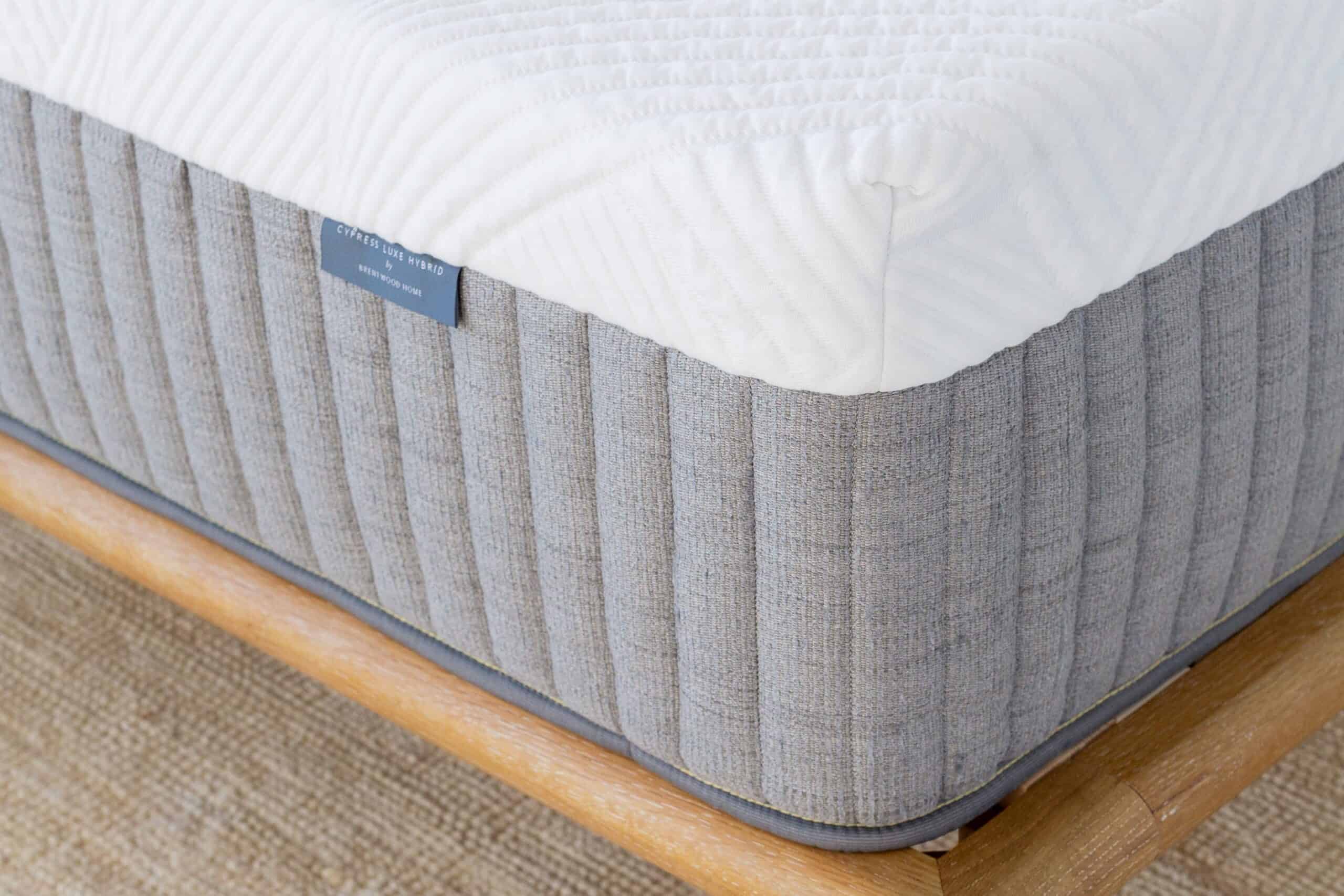

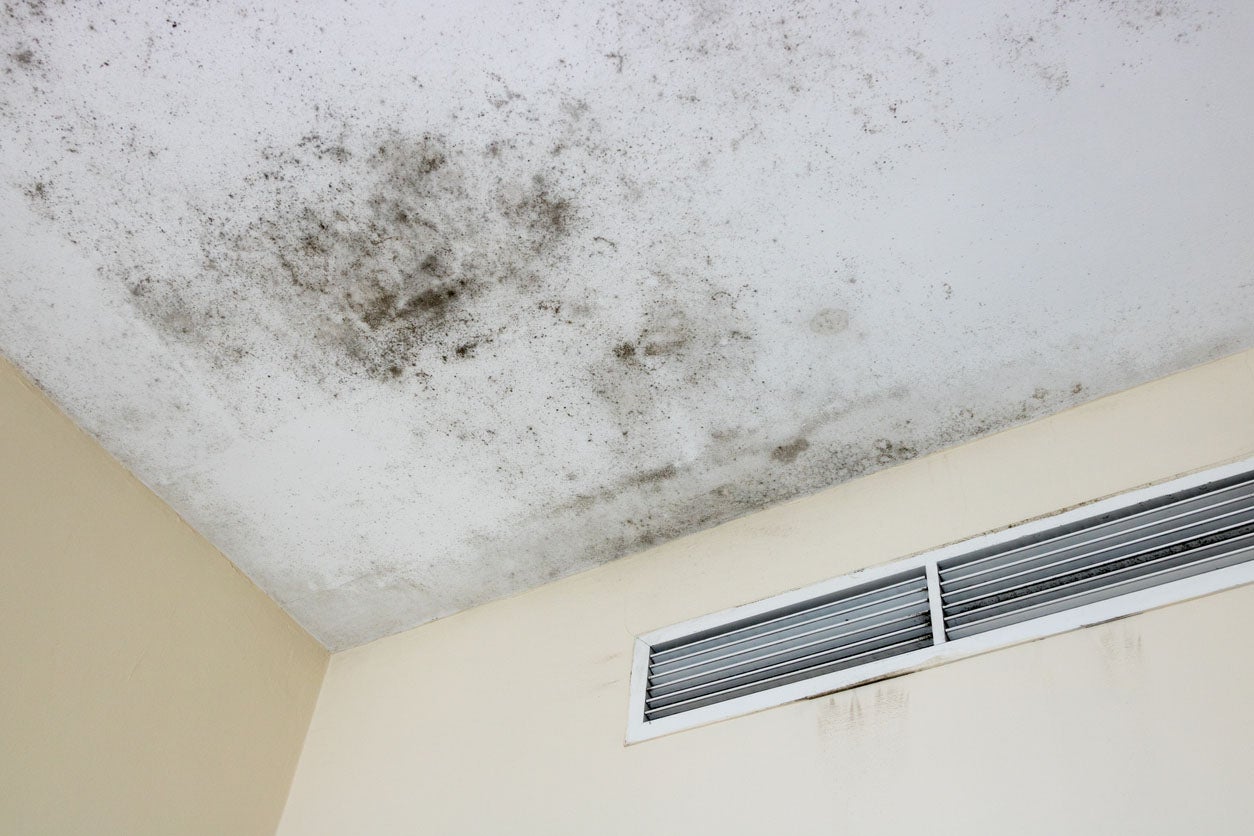
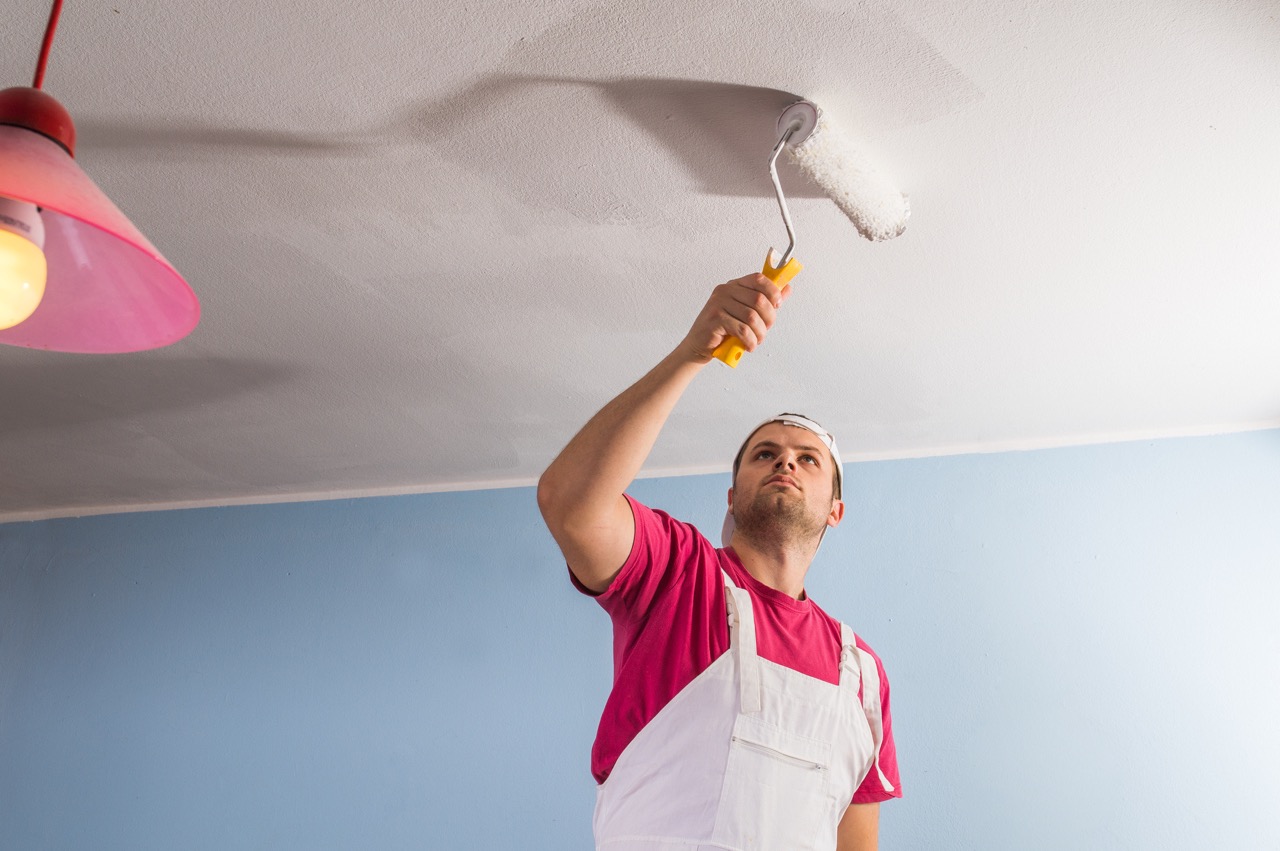
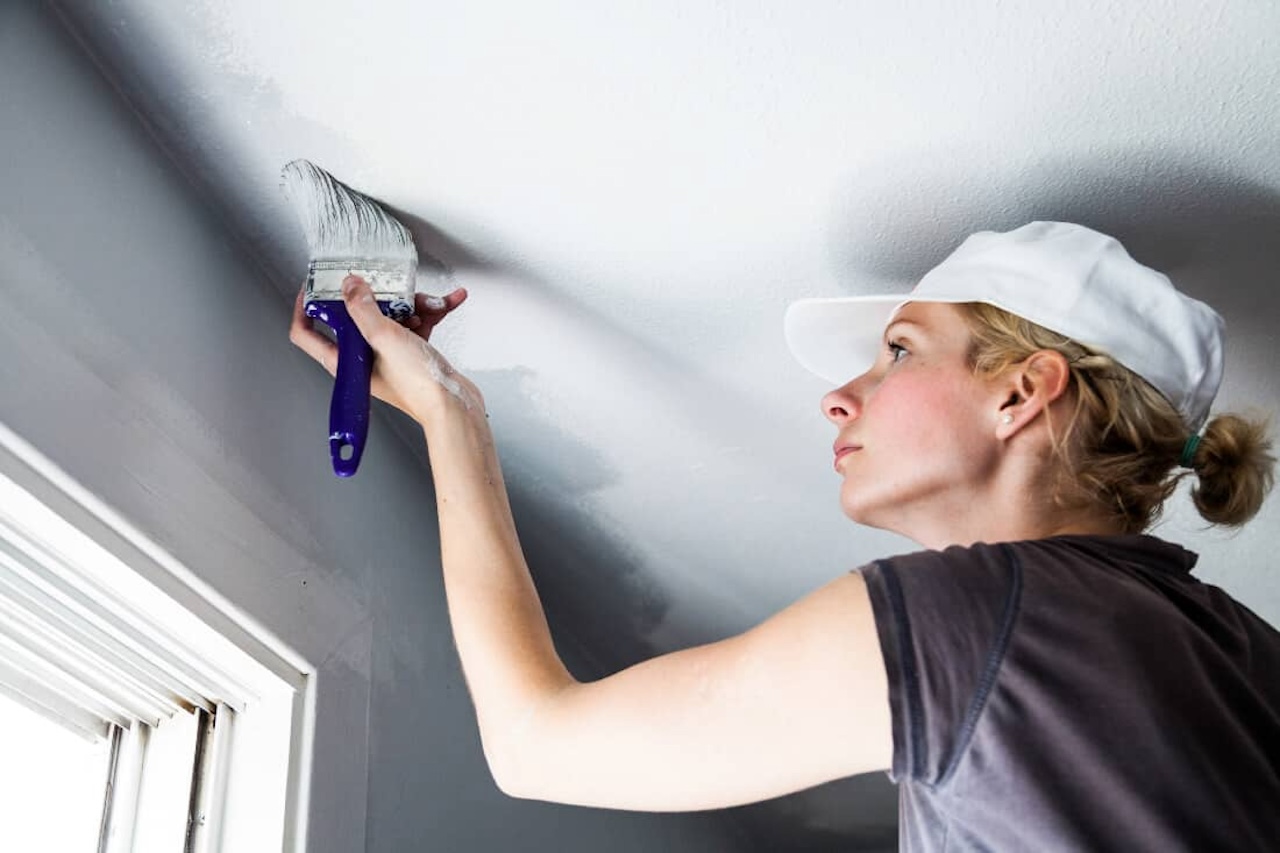


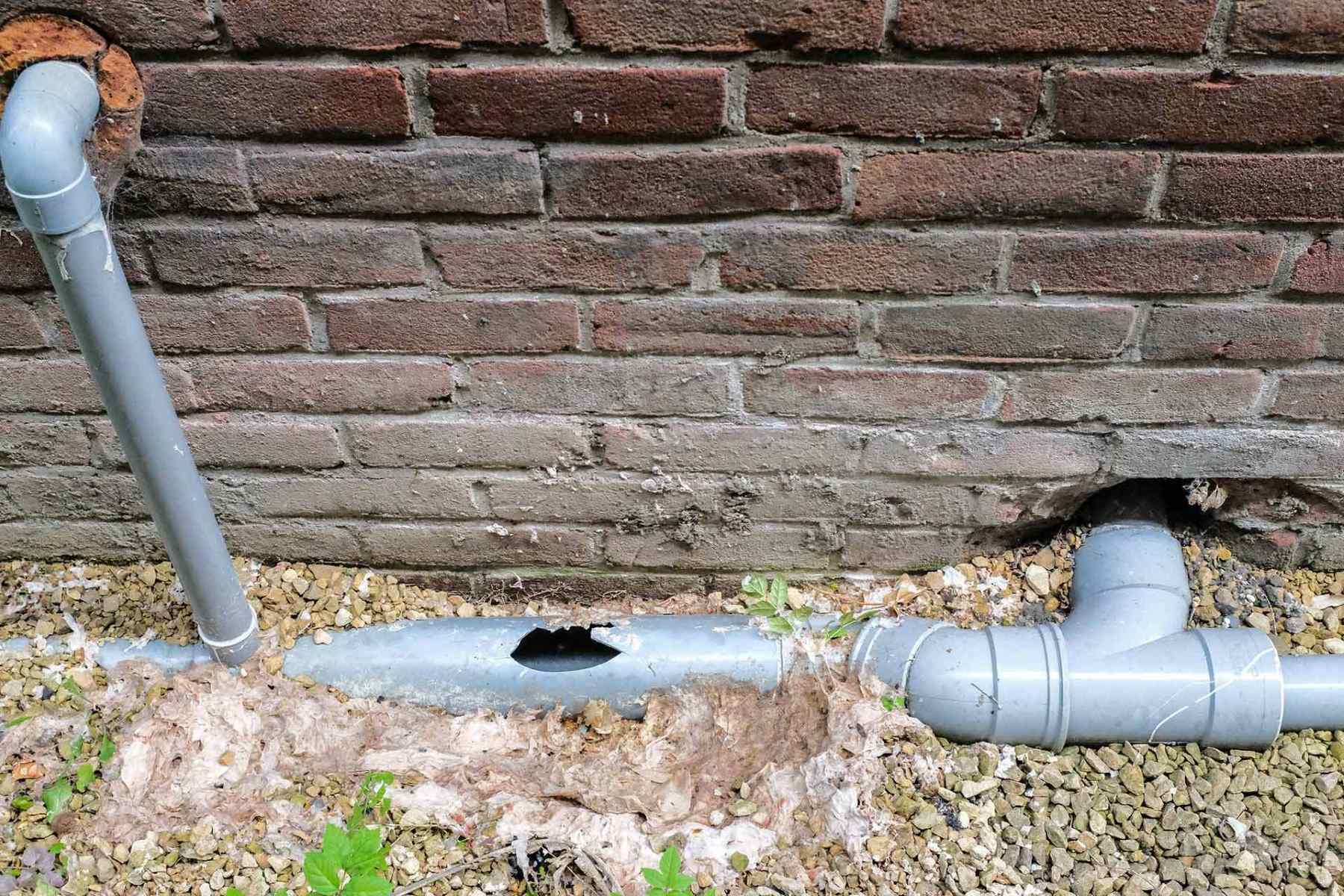
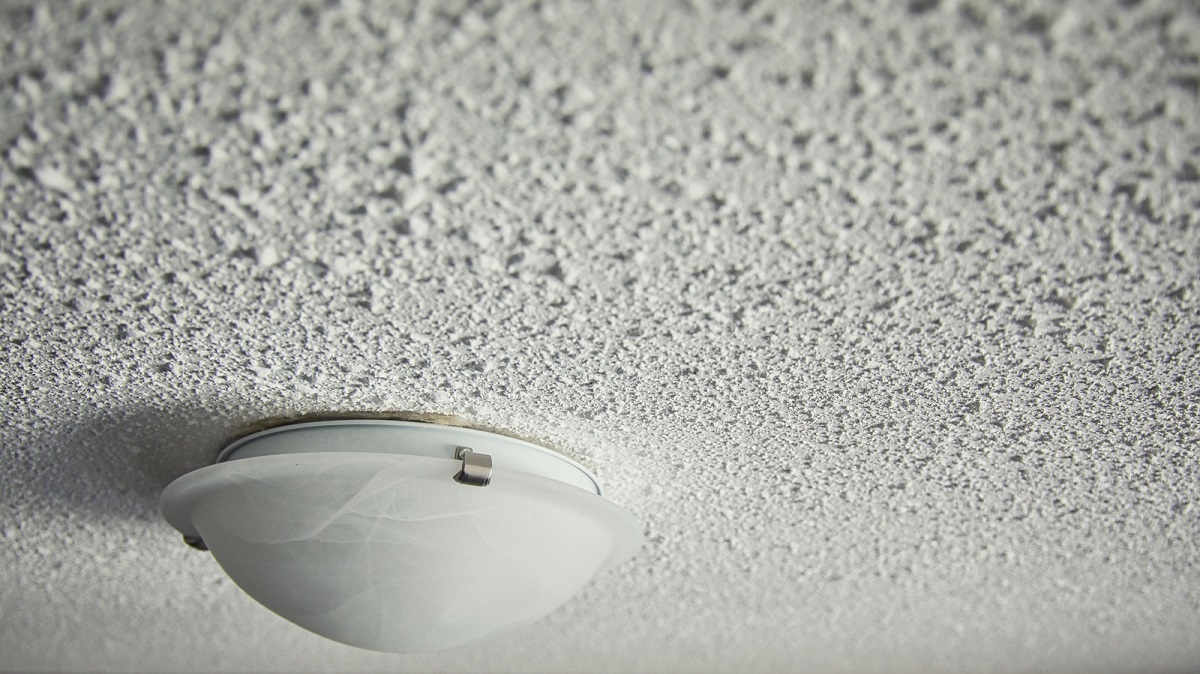
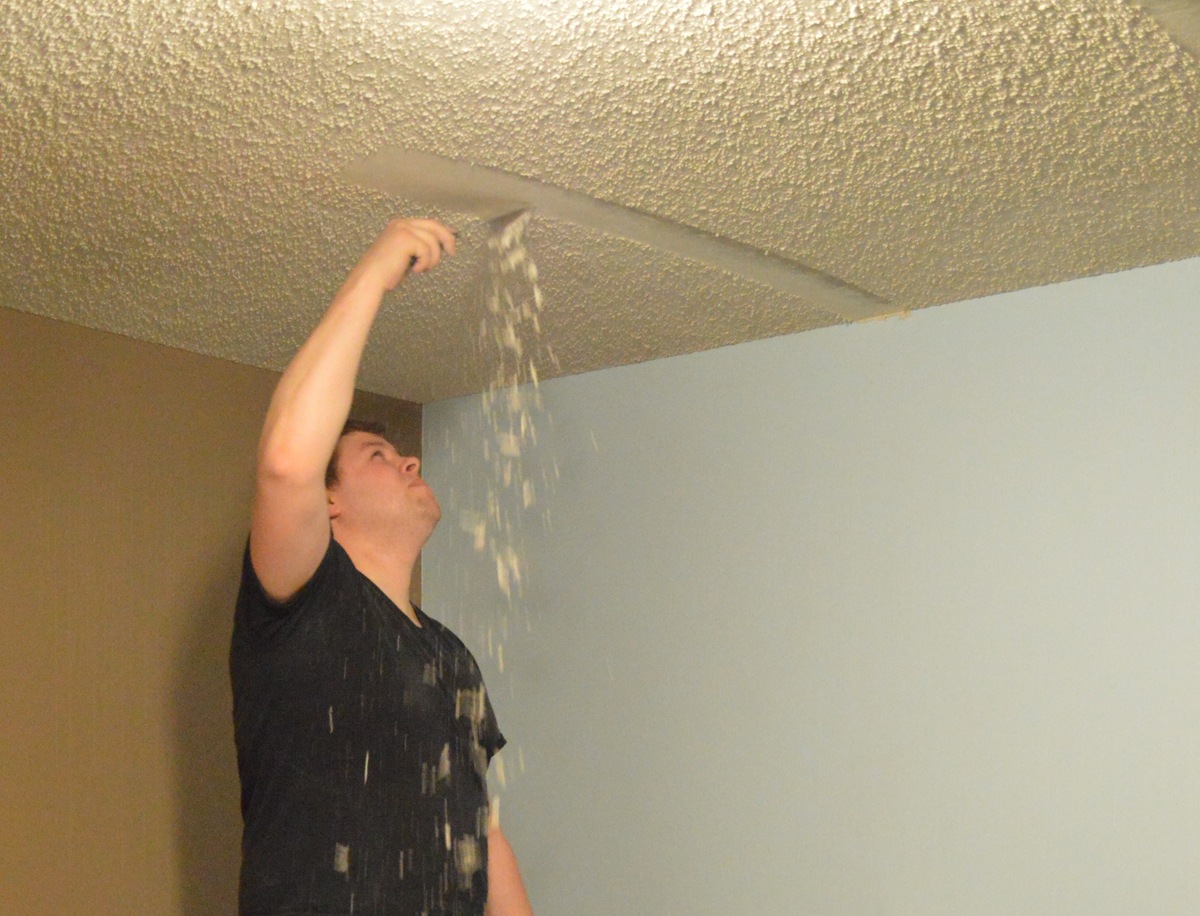
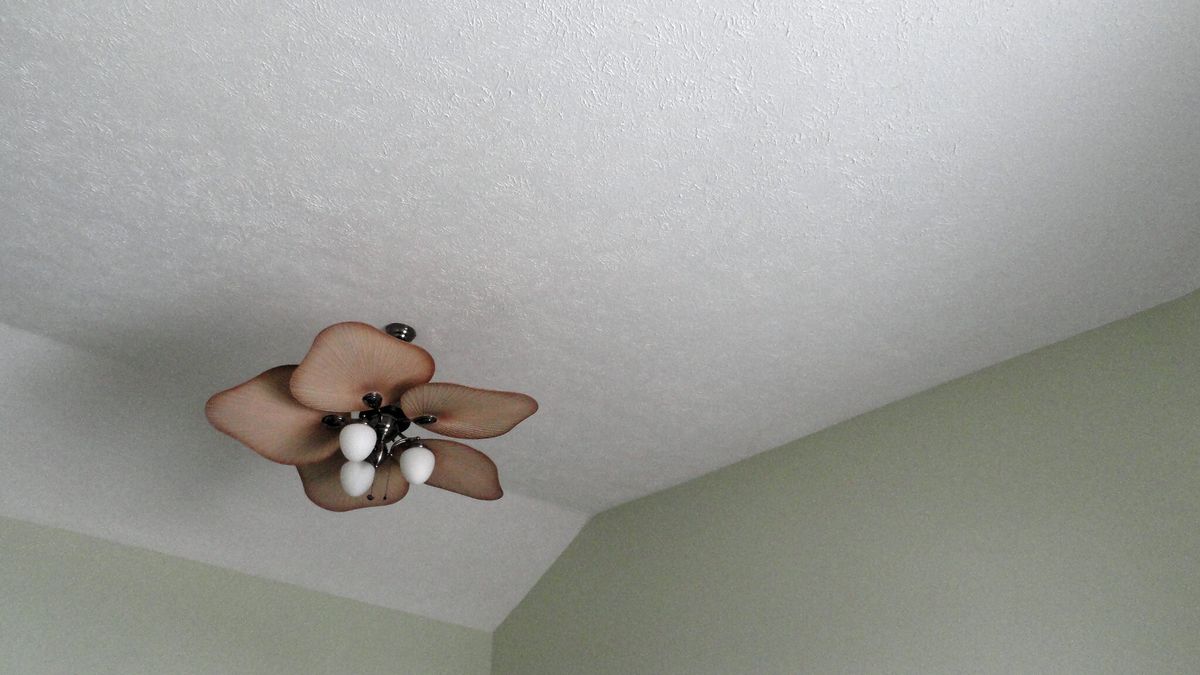
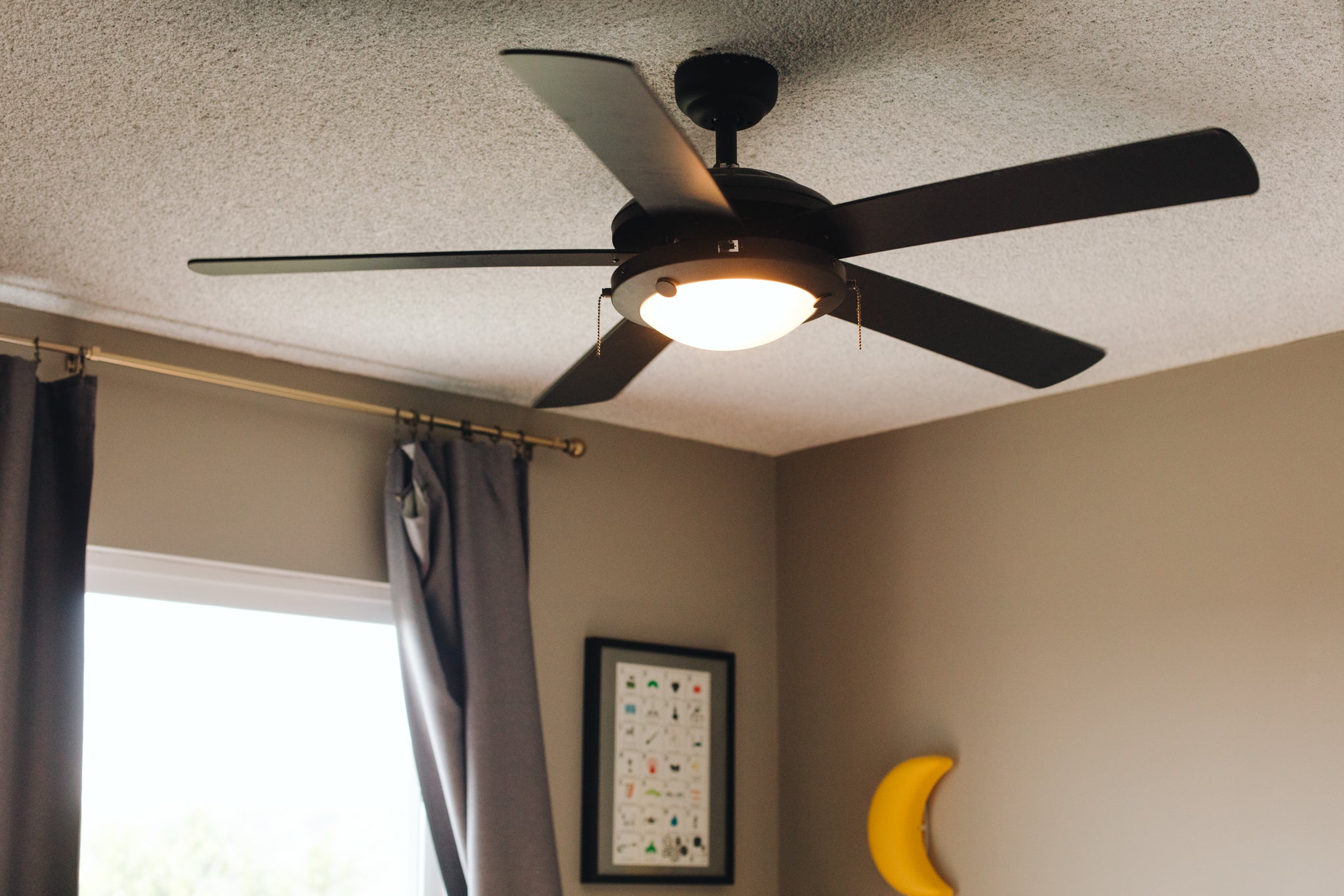
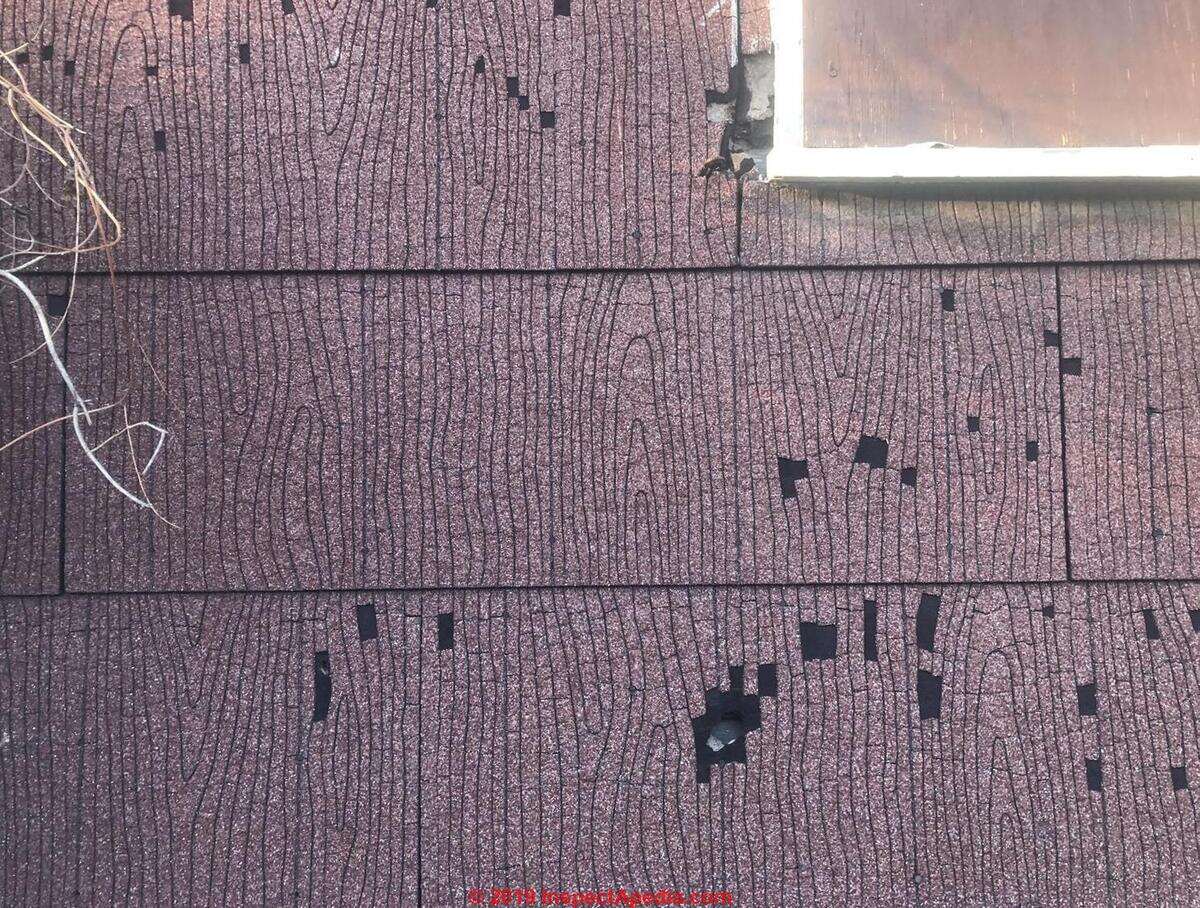

0 thoughts on “How To Know If Popcorn Ceiling Has Asbestos”